Head and tail light tetra - Hemigrammus ocellifer
Scientific name: Hemigrammus ocellifer
Common name: Head and tail light tetra
Family: Characidae
Usual size in fish tanks: 4 - 5 cm (1.57 - 1.97 inch)
014
Recommended pH range: 5.5 - 7.5
Recommended water hardness: 0 - 18°N (0 - 321.43ppm)
0°C 32°F30°C 86°F
Recommended temperature range: 24 - 28 °C (75.2 - 82.4°F)
The way how these fish reproduce: Spawning
Where the species comes from: South America
Temperament to its own species: peaceful
Temperament toward other fish species: peaceful
Usual place in the tank: Middle levels
Origin
The head and tail light tetra (Hemigrammus ocellifer) is native to a wide range of South America, primarily found in the slow-moving rivers and streams of Brazil, Peru, Guyana, and Suriname. These waters are often shaded by overhanging vegetation, and the substrate is typically composed of sand or mud. The natural habitat of this species provides plenty of cover in the form of submerged branches and aquatic plants, which helps them feel secure.
Lifespan
If cared for properly, the Head and tail light tetra can live up to 5 years in an aquarium. Maintaining stable water conditions, providing a balanced diet, and ensuring a peaceful environment will help them reach their full lifespan.
General care
Head and tail light tetras are undemanding fish that adapt well to various community setups. The minimum aquarium size should be at least 60 cm (24 inches) in length, with a width of 30 cm (12 inches). These fish should be kept in groups of at least 6 individuals, as they are shoaling fish and will feel more secure when kept together. A planted aquarium with live plants will not only bring out their best coloration but also provide a sense of security, as it mimics their natural habitat. The water temperature should be maintained between 24-28°C (75-82°F), with a pH range of 5.5-7.5, and a water hardness of 0-18°N (0-321.43 ppm).
Compatible Fish Species
Head and tail light tetras are peaceful and should be housed with similarly sized, non-aggressive species. Here are some suitable tankmates from the same region (South America):
- Blackstripe dwarf cichlid (Apistogramma gibbiceps)
- Ornate cory (Corydoras ornatus)
- Black Peru corydoras (Corydoras semiaquilus)
- Emerald catfish (Brochis splendens)
- Macmaster's dwarf cichlid (Apistogramma macmasteri)
Tank Setup and Plants
To replicate their natural environment, use a fine sand substrate and plenty of plants to create hiding spaces. Plants not only improve the aesthetics of the tank but also help maintain good water quality. The following plants are well-suited for a tank with Head and tail light tetras, as they thrive in similar water conditions (pH 5.5-7.5, hardness 0-18°N):
- Lilaeopsis brasiliensis
- Ludwigia helminthorrhiza
- Echinodorus angustifolius
- Echinodorus osiris
- Alternanthera rosaefolia
A good filtration system is essential for keeping the water clean and maintaining stable water parameters. Regular water changes of at least 10% per week are recommended to ensure optimal conditions. The tetras are middle dwellers, so decorations on the tank floor can be minimal, though adding plants and driftwood will help them feel secure.
Feeding
Head and tail light tetras are easy to feed and will accept most commercially available foods. A staple diet of high-quality flakes or small pellets should be provided, with occasional treats of live or frozen foods like brine shrimp or bloodworms to ensure variety and promote vibrant coloration. Feed them in small portions twice a day, ensuring they consume the food within a few minutes to prevent water quality issues.
Sexing
Females of this species are generally larger and rounder than males, particularly when they are full of eggs. Males tend to be slightly slimmer and may display more intense coloration during breeding periods.
Breeding
Breeding head and tail light tetras is relatively easy, but it is best done in a separate breeding tank to protect the eggs from being eaten. These fish are egg scatterers, and the eggs will be dispersed across the bottom of the tank. To protect the eggs, use marbles or a mesh at the bottom to allow the eggs to fall out of reach of the adult fish. The breeding tank should be dimly lit, and spawning typically occurs early in the morning. An air-driven sponge filter should be used to provide gentle filtration.
The eggs hatch within 24 hours, depending on the water temperature, and the fry become free-swimming after a few days. At this stage, they should be fed infusoria or newly hatched brine shrimp. The parent fish should be removed from the breeding tank to prevent them from eating the eggs or fry.
Short description
This species of tetra has become increasingly popular among aquarists due to their peaceful nature and striking appearance. Known as the head and tail light tetra or beacon tetra, they exhibit reflective silver body coloration, complemented by glowing markings near the head and tail, which give the appearance of flashing lights as they swim. They also feature a dark lateral line running along half of their body, adding to their visual appeal. These tetras are relatively small, with adults reaching only 4-5 cm (1.57-1.97 inches) in length, making them suitable for smaller community tanks.
Picture
Bought by aqua-fish.net from jjphoto.dk
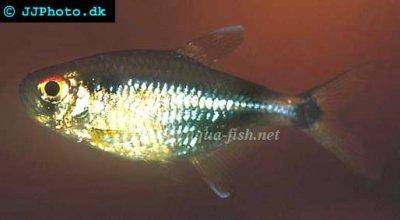

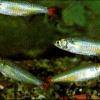 Bloodfin
Bloodfin 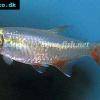 Bloodfin
Bloodfin  Panda
Panda 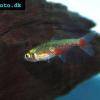 Green
Green 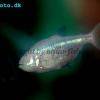 Blind
Blind  Kennedy
Kennedy 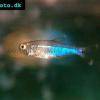 Blue
Blue 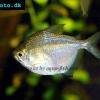 Discus
Discus 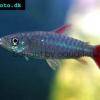 Pink
Pink 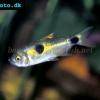 Bucktoothed
Bucktoothed 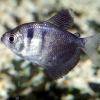 Black
Black 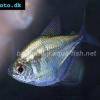 False
False 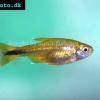 Silver
Silver  Hemigrammus
Hemigrammus 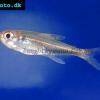 Dash-dot
Dash-dot  Rummy
Rummy 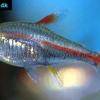 Glowlight
Glowlight 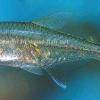 January
January 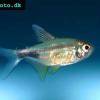 Garnet
Garnet 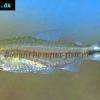 Rummy
Rummy  Gold
Gold  Red
Red 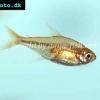 Ember
Ember 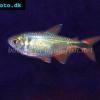 Buenos
Buenos 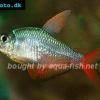 Colombian
Colombian 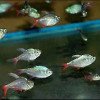 Ecuador
Ecuador  Bleeding
Bleeding 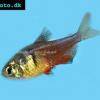 Flame
Flame 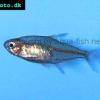 Georgett’s
Georgett’s 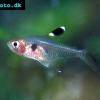 Griems
Griems  Kitty
Kitty 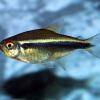 Black
Black 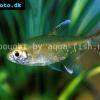 Firefin
Firefin 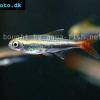 Loreto
Loreto 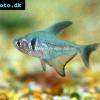 Black
Black 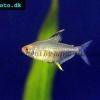 Lemon
Lemon 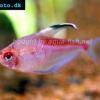 Redback
Redback 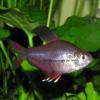 Rosy
Rosy 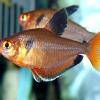 Serpae
Serpae 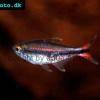 Savanna
Savanna 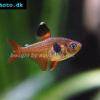 Red
Red 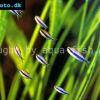 Blue
Blue 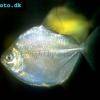 Silver
Silver 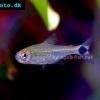 Ceros
Ceros  Napo
Napo 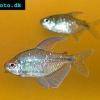 Diamond
Diamond 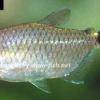 Red
Red 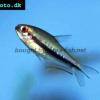 Rainbow
Rainbow 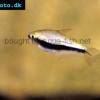 Emperor
Emperor  Cardinal
Cardinal 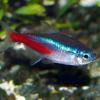 Neon
Neon 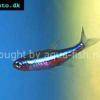 Green
Green 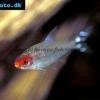 False
False  Glass
Glass 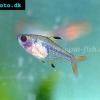 X-ray
X-ray 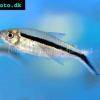 Penguin
Penguin